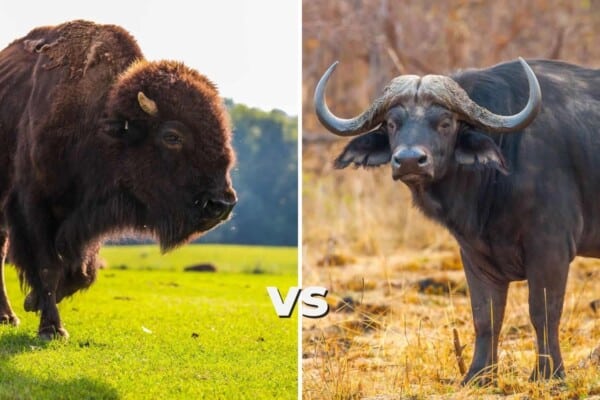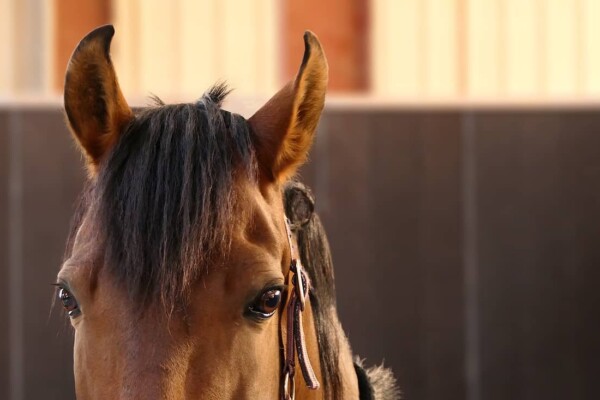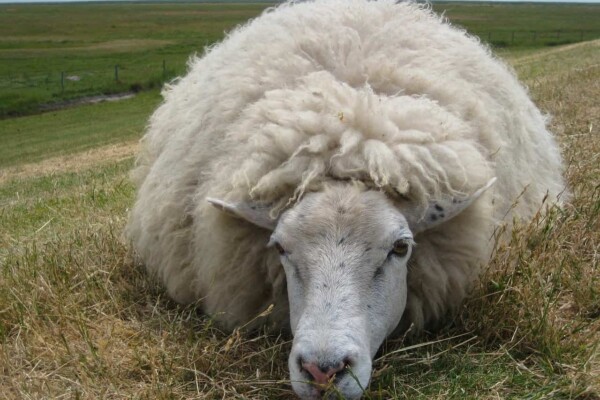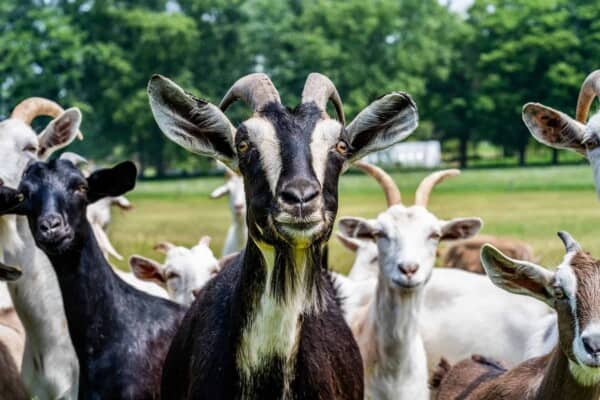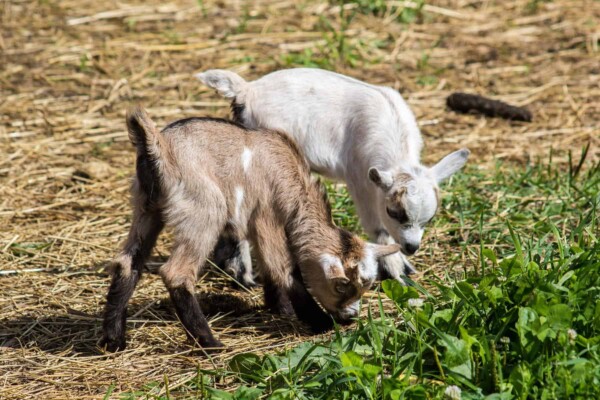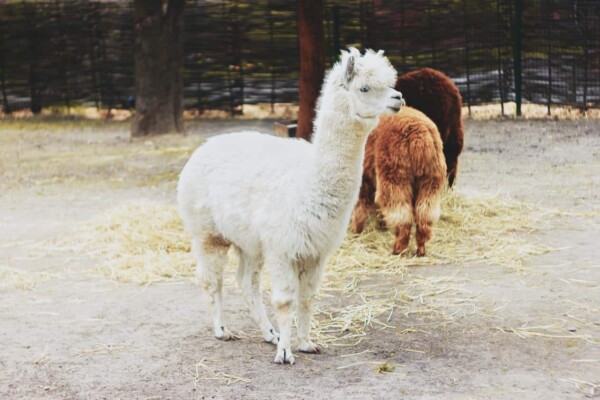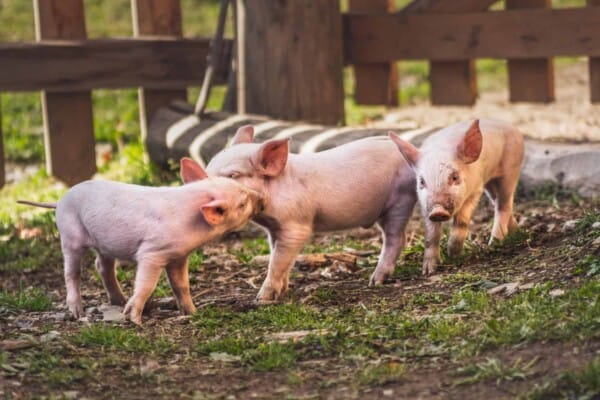While this may sound like a bit of an exaggeration, we can safely say that everyone reading this article right now, including the people that wrote it, probably love meat. Is it healthier to live on a vegetarian or vegan diet? Maybe. Would it be better for the environment? Debatable. But, will we ever quit eating meat? Nope, unless the doctor says so.
With that said however, any true meat aficionado will instantly let you know that while we all love meat as a whole, different types of meat warrant different reactions from us for sure. What we mean by that is that meat itself is amazing, but depending on the animal itself you will have a wide variety of tastes and flavors.
But if that’s the truth then which type of meat is the very best out there and why is it so much better than every other option on the market?
While this is definitely a matter of personal taste, based on the record sales and the overall public appreciation we’d argue that bison meat is by far one of the top picks for us.

The taste is considered to be one of the most unique out there and the consistency of bison meat is just out of this world. On top of that, it is nowhere near as expensive as some other type of meat out there such as the famous wagyu meat selection.
But still, purchasing bison meat is still quite a bit more expensive than buying pork or chicken meat, which is why we’re happy to tell you that there is an alternative. The alternative we’re talking about is actually buying living bison and raising it either for your own personal needs or for commercial use.
So, in order to actually help facilitate this we decided to bring you this simple yet concise guide showing you everything you need to know about bison farming and how you should raise them as a whole.
With that being said, let’s just jump right into our very first chapter of the day:
The Exterior Fencing
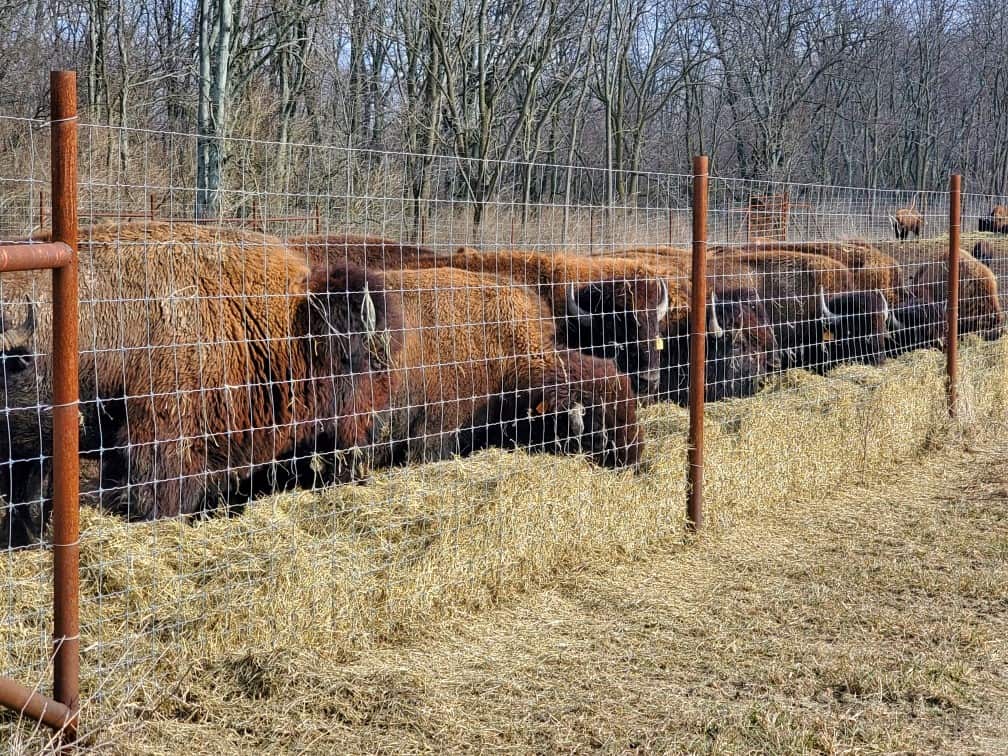
One of the main reasons why most bison farms end up failing as a whole is because they don’t take into consideration how much the facilities will cost and what they need to add to their farm to begin with.
First of all, you need to invest in a very strong and sturdy exterior fencing so as to make sure that your bisons never escape out of their confinement. Remember that these are bisons that we’re talking about, not your typical cow or pig. Bisons can end up weighing as much as 2,000 pounds in total, and they can easily run up to your fence and jump 5-6 feet in an instant.
On top of that they’re a lot stronger than you think, to the point where the typical adult bison could easily piledrive through any room in your house with ease.
According to the Texas Bison Association, the best choice for exterior fencing if you’re interested in bison farming is seven-foot posts with high tensile wire.
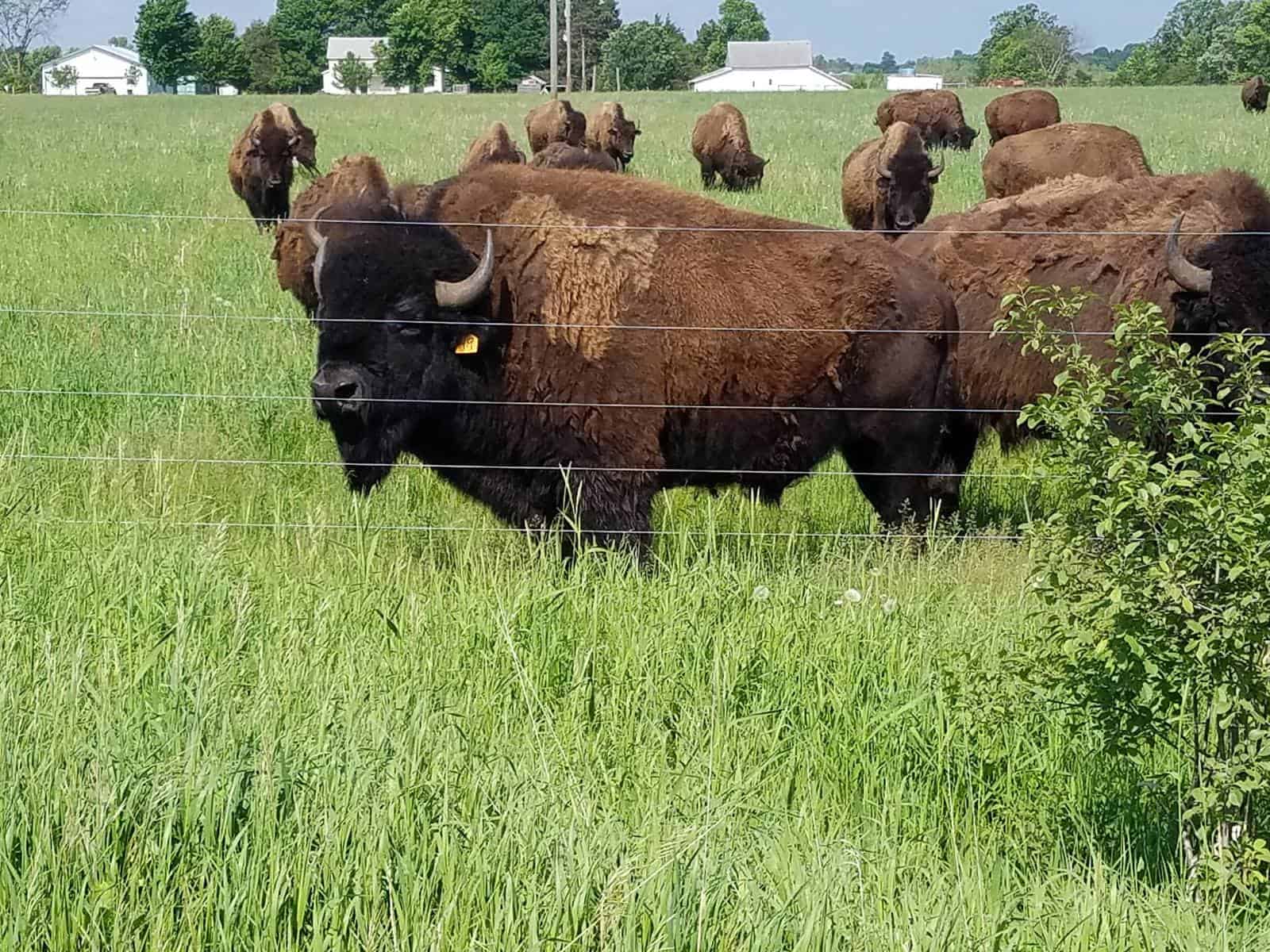
As we mentioned previously, despite being very heavy and massive, the typical bison could still easily jump over a smaller fence which is why you need to invest in a tall and very sturdy fence for your farm.
On top of that you should also make sure that humans can easily climb over it. Remember that Bisons weigh a lot and they can easily turn against you in a matter of seconds. If this happens, you’ll want an easy way out so as to make sure that no accidents happen.
Second of all, we recommend investing in good stocking and management practices so as to make sure that the bison is living there happily enough so as to not want to force their way out.
This is very important as Bisons are so large that they can easily force their way out of any confinement regardless of how secure you’ve made it for them. So, by investing in good pasture, clean water and a lot of room for the bison to run around in you can actually end up saving yourself a lot of trouble in the near future.
The Pasture

We mentioned pasture briefly but we need to take the time and properly convey just how important this is to raising bison, to make sure that you don’t end up making a mistake from the get go. In case you didn’t know by now, bison are actually a lot more efficient grazers than any other animals out there, which means that you can stock them up at around the same rate as any other cattle.
Most cattle will starve out if they don’t find enough pasture to get themselves fed properly, but bison on the other hand will actually easily make it through the winter with a lot less food, since they spread out better and they make sure to consume the pasture in its entirety.
Still, if you actually want to get the best meat from the bison, we can’t safely recommend that you do this as starving them on purpose is both very inhumane and very unpractical, leading to a lot of problems down the line for both you and your bison. The typical bison out in the wild can actually make it through the day with around two miles of pasture at their disposal.
You can easily keep them fed for a long time through rotations by bringing them back to the beginning once the pasture’s grown back and they’ll do the rest for you.
As far as the typical size per herd, we recommend that you go for around 12-15 bison in total, no more and no less unless you want them to break through their confinement which they will if there are too many of them.
Similarly, only owning one or two bison will lead to them breaking through the fences or jumping over them for the sake of getting to mate or to find a herd to follow.
Taking Care of Bison
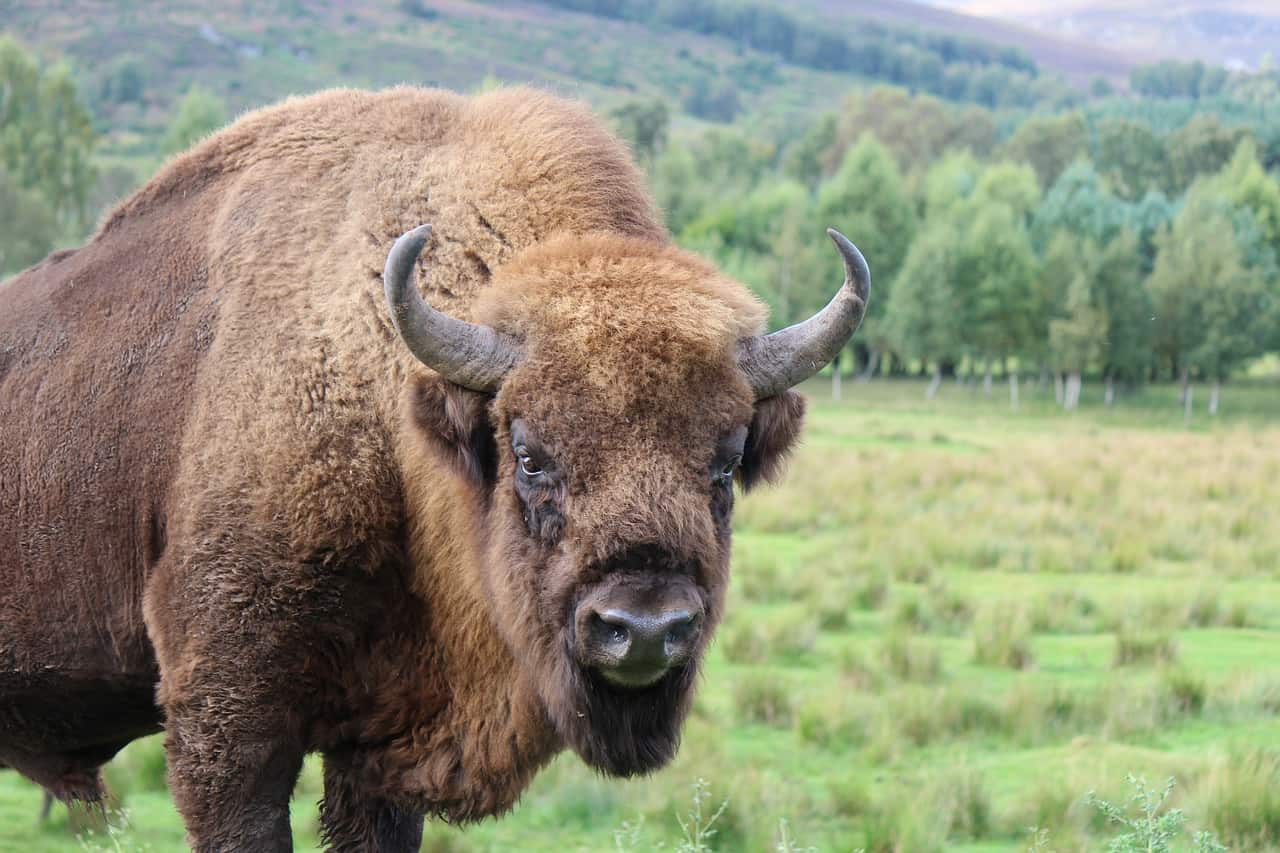
As opposed to taking care of cattle, you need to realize that Bisons are not friendly, they are not your typical farm animals, quite the contrary actually.
They are wild animals that you should not interact with too much – it’s best to interact with them as little as possible. Why? Because they can be extremely dangerous both to you and themselves. They can easily crack their own bones by bashing into the walls or by falling while trying to jump over the fence.
They may look fluffy and cuddly when they’re babies but trust us when we tell you that they can easily go as fast as 40 miles per hour and they can keep that up for quite a few miles too.

Many people have been chased and stomped to death by their bison, so please if you do take this opportunity to raise your own, keep this in mind and always try your hardest to stay safe around them.
Also, while we’re on this subject, we recommend that if you absolutely must interact with the bison, that you separate them from the herd and in doing so, keep them locked up in a slightly smaller enclosure which has plenty of escape routes for you and your workers.
Never take them to a small area because this will make them panic and trust us when we tell you that you don’t want to make your bison panic.
The Nutritional Value of the Bison
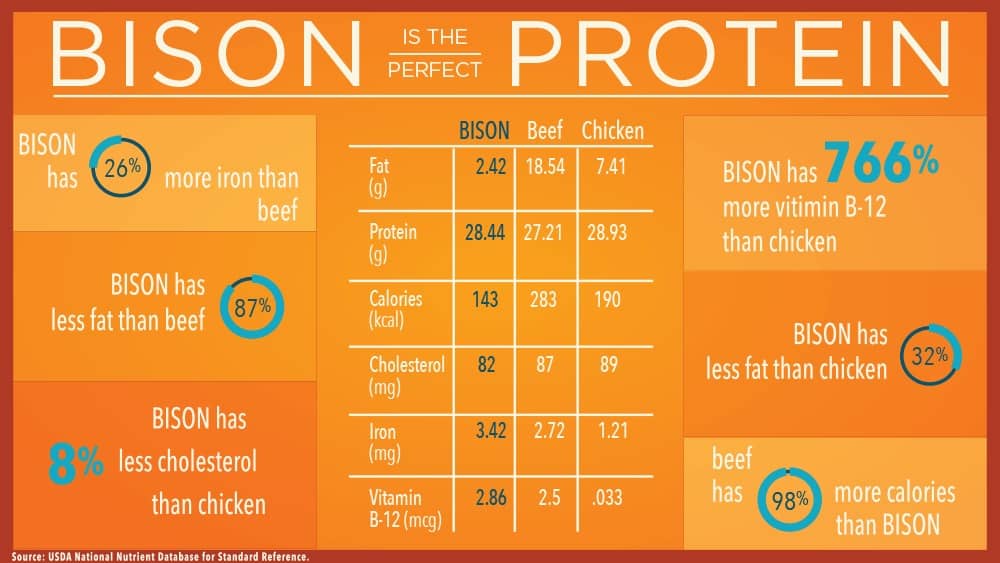
Believe it or not but around a decade or so, bison meat was nowhere near as popular as it is today. It was actually considered to be one of those niche types of meat that only specialty restaurants would buy. Luckily however, the demand increased steadily over time, to the point where it has become one of the main choices for most natural foods’ enthusiasts out there.
Bison meat is also extremely popular amongst fitness enthusiasts and tourists, and if you’re looking for the perfect meat for you to consume while on a diet, there aren’t all that many better choices out there for you.
Bison meat is very lean, to the point where per 100g it has only 143 calories and 2 grams of fat. So, it is essentially the rich person’s chicken breast, which is why so many fitness enthusiasts are switching to it. The health benefits for it are astronomical, especially for the bison that were exclusively fed grass but that’s not the only market that’s interested in their meat.
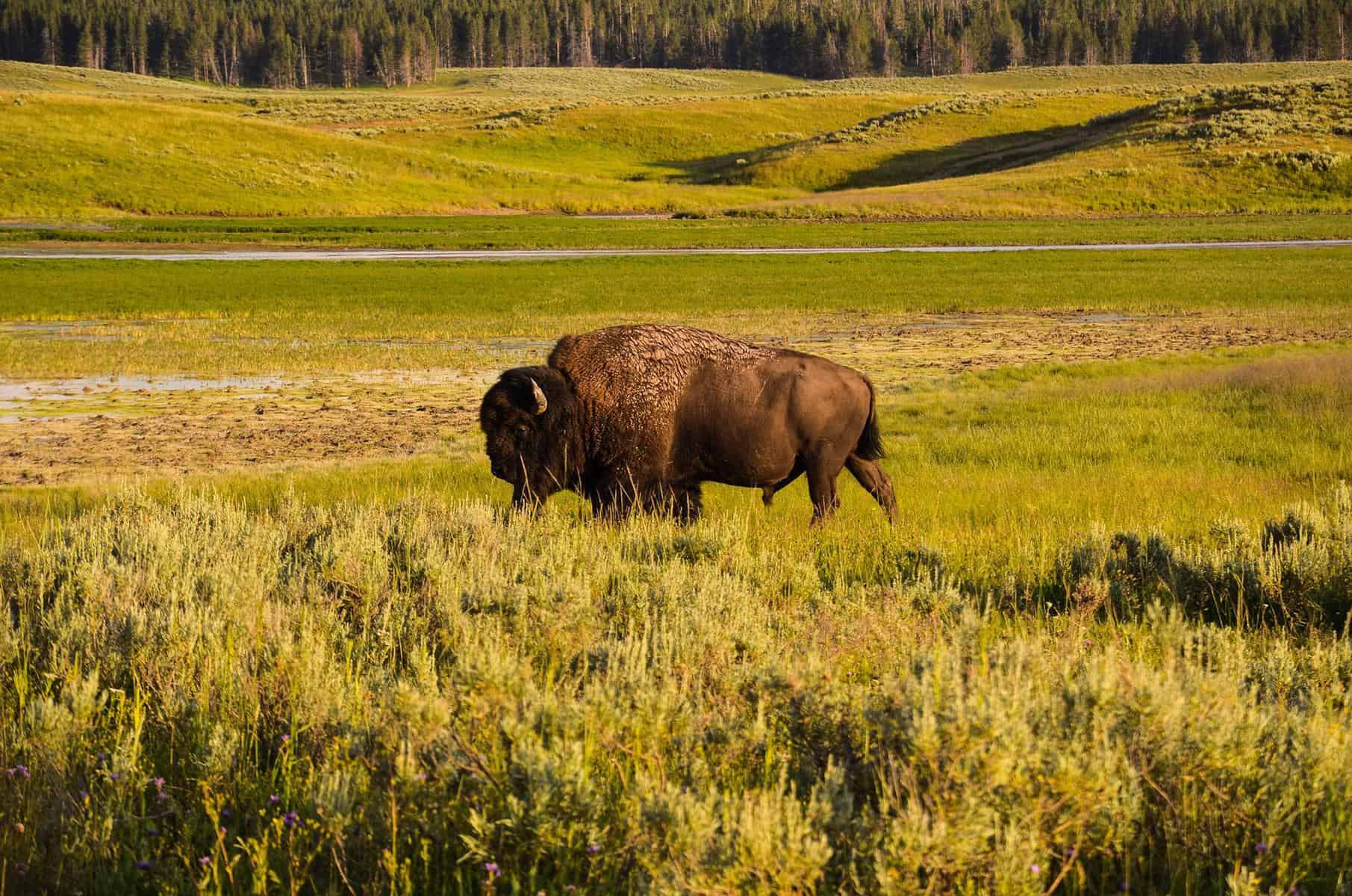
The ethical foodies out there are also looking up to bison meat because of how well the bison are treated. Being a more exotic animal and considering the high price per pound of meat, they’re treated a lot more humanely which is why so many ethical foodies out there are constantly investing in it.
There is also another part to this that many people don’t realize, and that is the thrill of the hunt. Being such large and ferocious wild animals, it is no wonder that people are willing to pay top dollars for the sake of hunting them out in the enclosed area they are being kept in.
So, while many could say that it is cruel to kill an animal in the prime of their life, it is actually done in a very humane way as the animals get to live their lives without a care in the world, always being fed and never having to worry about any dangerous predators lurking until the final day comes.
Buying Bison Meat Saves Bison Lives
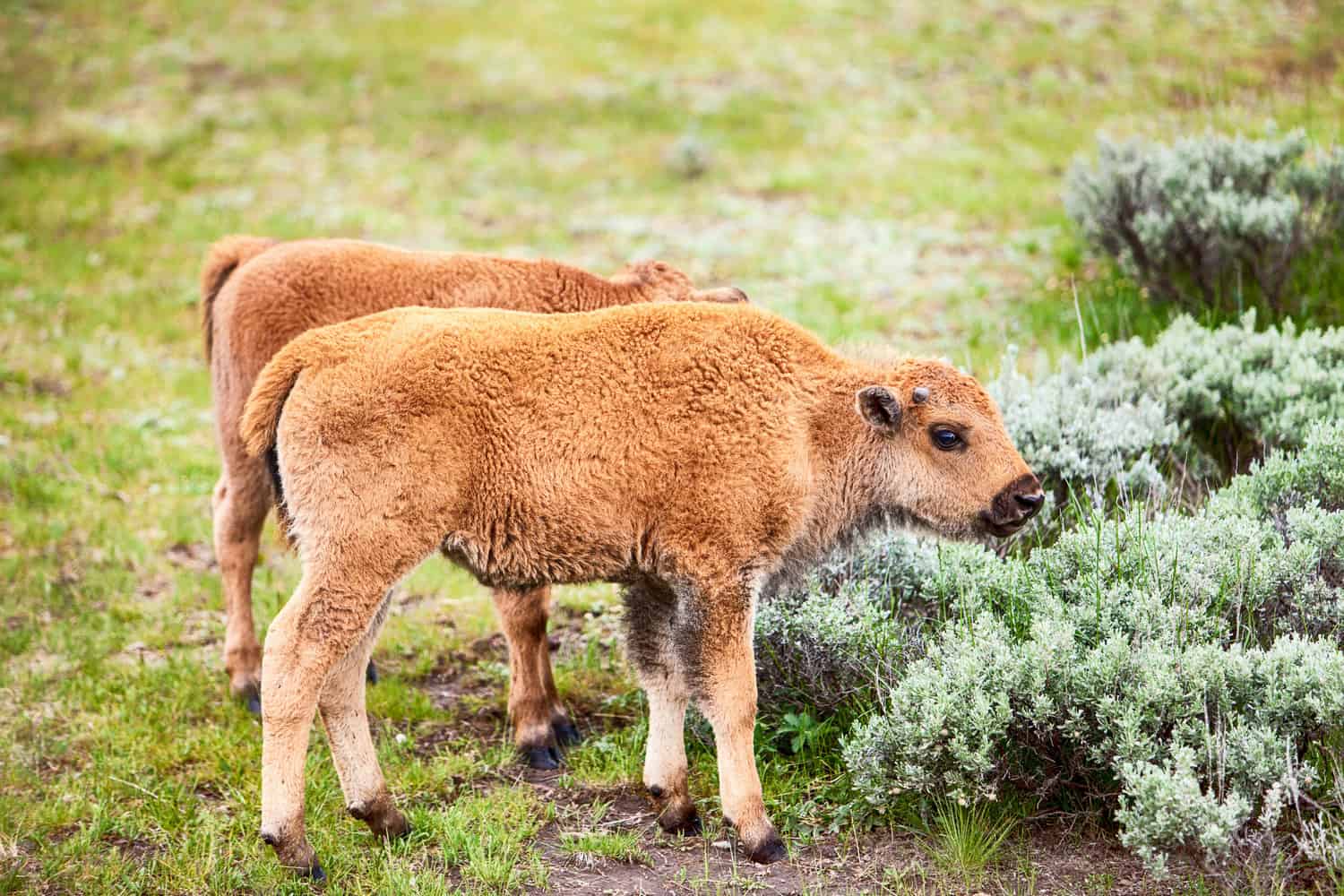
But still, there are definitely people out there that would argue against this practice. If you are one of these people then listen closely.
The marketing of the bison meat has actually saved the bison from extinction in the past. Around the start of the 19th century, bison were almost considered to be endangered, which is why they were rescued and kept in special enclosures.
But it wasn’t until they started selling their meat that they were able to properly take care of them. The higher the demand got, the more of them they were able to breed, and thus before long Bisons were more numerous than ever before.
Nowadays there are believed to be over 60 million of them out there, and the numbers are clearly rising as the demand for their meat is also rising.
Raising Bison Is an Investment
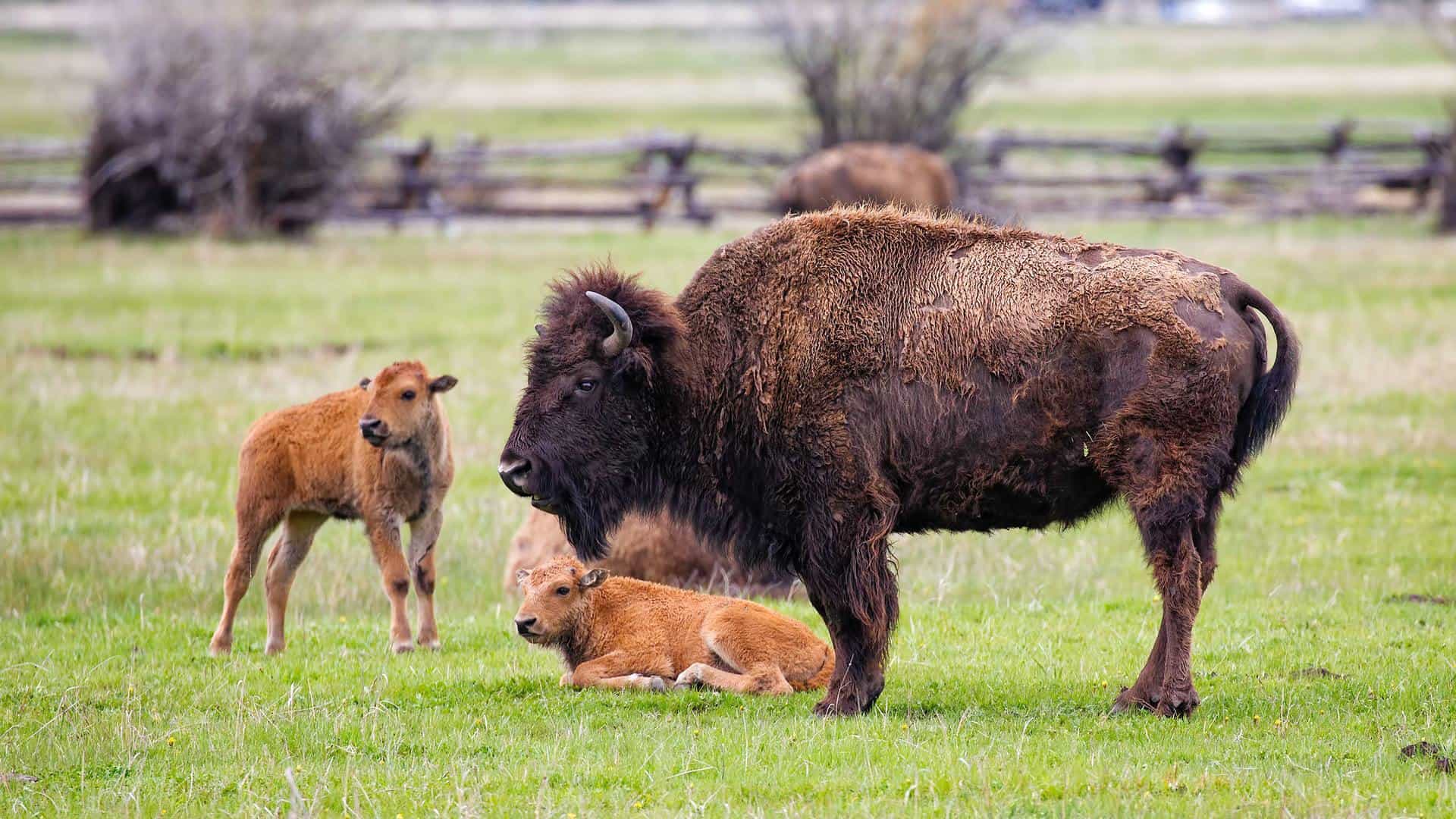
Yes, you have the potential to make a lot of money over the years, but you need to understand the fact that in order for you to make money you will also need to invest a lot of money into them.
We mentioned previously how you can’t just have a small wooden fence around their pasture to keep them away still. Depending on how large the confinement is you can end up wasting thousands on the fencing alone so better be sure that you can handle that investment before you get into it.
But that’s not all, other than that you will also need to prepare to invest a lot when it comes to the hay. Hay is very inexpensive at first sight, but it quickly adds up and considering just how much bison actually consume every day, it’s no wonder that your credit card will take a massive blow within a couple of months or so of you having started your farm.
Plus, hay is actually on the rise as of late, as the demand is getting higher and higher and more people than ever before are looking for suppliers to keep their animals fed.
So, before you get started with your bison farm, we recommend that you contact a hay supplier to make sure that your animals don’t starve during the winter. Remember, depending on how you treat the animal, you will be getting different qualities of meat.
A happy and stuffed bison’s meat will always taste better than a starved aggravated bison’s meat, and the price will instantly reflect that.
Wallowing

Many people also forget the fact that wallowing is an important aspect when it comes to raising bison. In case you don’t know what that means, wallowing essentially refers to the process that the bison go through when they shed the fur and get themselves covered in dust for protection.
This process is very important for them as it keeps them warm and it helps protect their skin from pests and any other sort of irritation that the animal would have to deal with.
If you do plan to raise bison for yourself or for marketing purposes then you will need to take this into consideration by always making sure that the wallows are left on the landscape.
If you end up filling their wallows up then they’ll actually end up opening other wallows which can greatly damage their health.
The Bison’s Health Management

Last but not least for this guide we would like to talk about the general health risks that the bison is exposed to.
According to the USDA, as many as 41% of all bison enclosures end up losing dozens of bison every year for different reasons.
Most of the time this is because they were improperly handled, while the rest of the time it is because of the bad weather or the fact that they hurt themselves or were hurt by someone.
There are plenty of different pathogens or parasites that are willing to take your bison’s life, which is why you need to have a veterinarian on sight every couple of weeks to make sure that everything’s going as planned for them.
If you don’t have the funds for it, you can still take the time and look out for the many telltale signs of bad health yourself.
These signs include” voluntary seclusion from the herd, lethargy, emancipation, coughing or inactivity for long periods of time. If your bison have experienced any of these symptoms definitely call a veterinarian immediately so as to make sure that it does not spread to your other animals.
Conclusion

So, in conclusion, should you start raising bison? Honestly, the only answer that we can give you is that it all depends on what you think. At the end of the day, the only one that knows whether they can handle all of the demands mentioned above is you, so if you believe that you’ve got what it takes then go for it.
But if you doubt yourself, or if you believe that it’s too much hassle for too little profit, then you can always stick to raising cattle, pigs, or chicken and whatnot.
The truth is that raising bison is a lot harder than it sounds, but if done properly you will be catering to a relatively new and upcoming niche which means that you will be one of the few main providers in your area for them.
That is a huge opportunity, so if you want to take advantage of it then please follow all of our tips above and while you’re at it, make sure to second guess everything that you do so as to not shoot yourself in the leg from the get go. Thanks for reading and we hope that this article was helpful to you.



